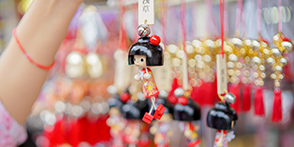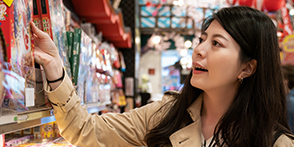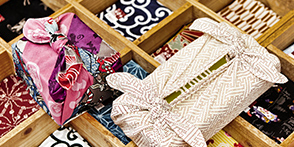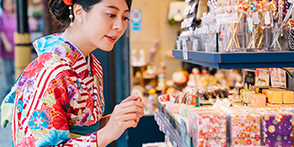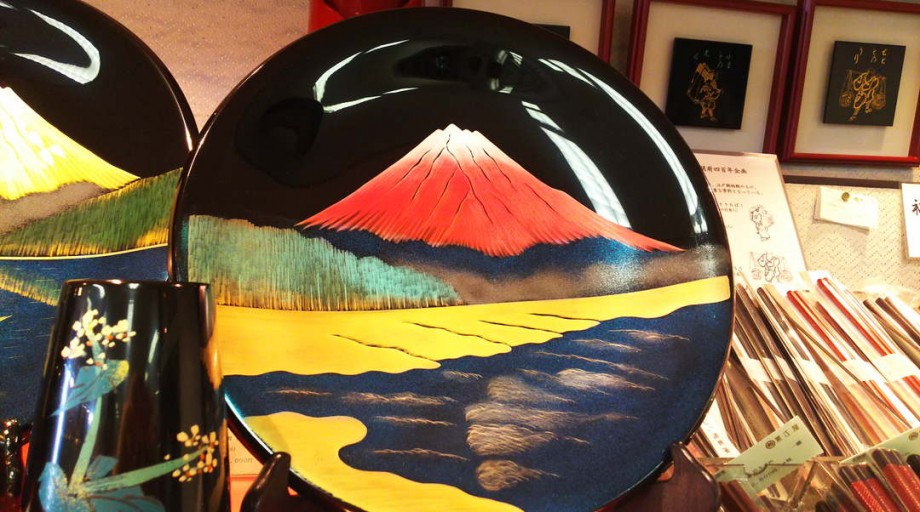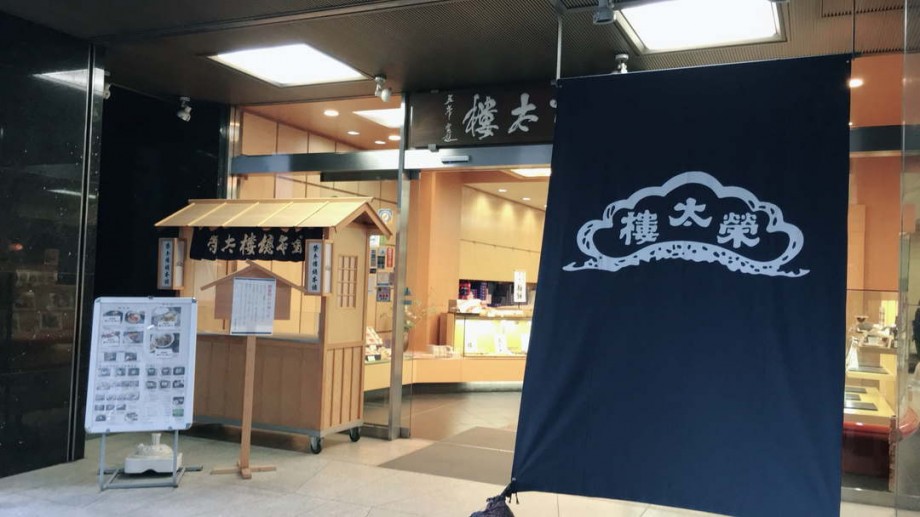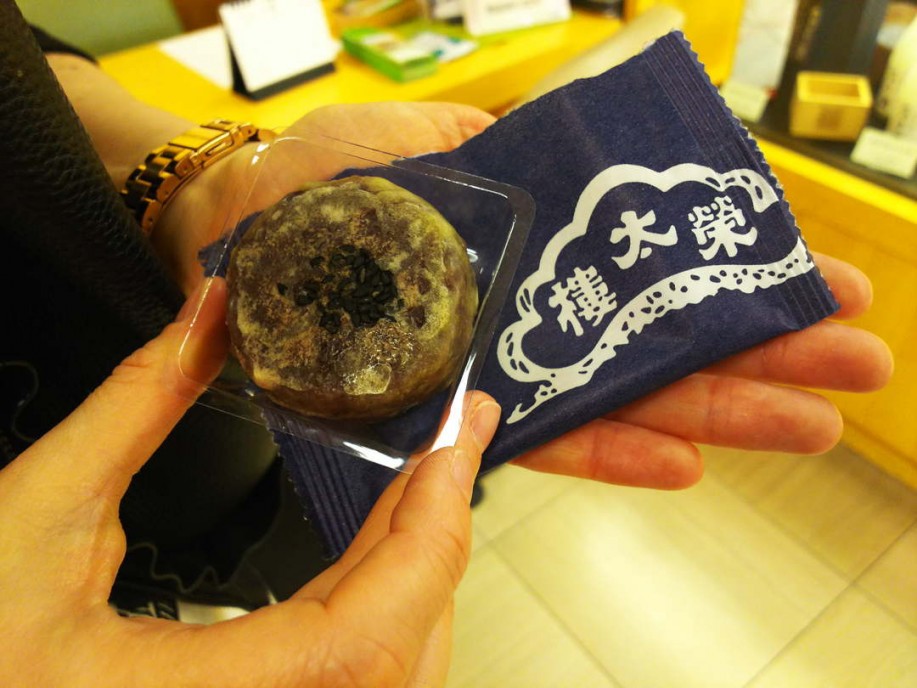-
地區
- 關東
- 東京
-
分類
- 日本文化
- 紀念品
- 食物 / 美食
-
更新日期
- 2020-01-30
Located to the east of the Imperial Palace, Nihonbashi was originally an important commercial district, with both merchants and members of the warrior class. Money-wise, it was an important area to the shogunate – the Kinza, or gold mint, was originally in Nihonbashi, and even now the headquarters of a lot of major banks (and the Tokyo Stock Exchange) are located here. Towards the end of the Edo period the strength of the merchant class was growing, and merchants often spent their money on entertainment. Due to this, Nihonbashi was instrumental in the development of a lot of Japan's arts and culture. You can still visit stores which were established in the Edo period or before, buying authentic souvenirs and getting a taste of the real Japan.
Eitaro Sohonpo History
First founded as a stall at the Uogashi Riverside Fish Market in Nihonbashi under the store name Izutsuya. The third-generation owner, Eitaro, became popular with the Edokko (people of Edo) for his hard work, cheery demeanour, and care in looking after his sick father. His sweets, ‘Kintsuba’, became very popular in the Edo period, and were featured in comic haikus and popular period lyrics such as ‘As you would expect / the children of samurai / eat golden sword hilts’, golden sword hilts here being a play on words with ‘kintsuba’. The store was renamed after Eitaro, and has stood in the same place since 1857.
Eitaro Sohonpo’s Products
Get a taste of the Edo period with their ‘Kintsuba’! Kintsuba are so called because they look like gold ('kin') sword hilts ('tsuba'). Compared to the refined, regal Kyoto-style Japanese sweets served to the higher classes, these Edo-style Japanese sweets were seen as real and substantial, suiting the down-to-earth merchants and samurai classes that populated Edo. As they are still made in the traditional method, you can try the same flavour that the Edokko, or people of Edo, would have enjoyed.
...... read the rest of the article on the TABIDO website:
https://www.tabido.jp/en-us/article/1286/
